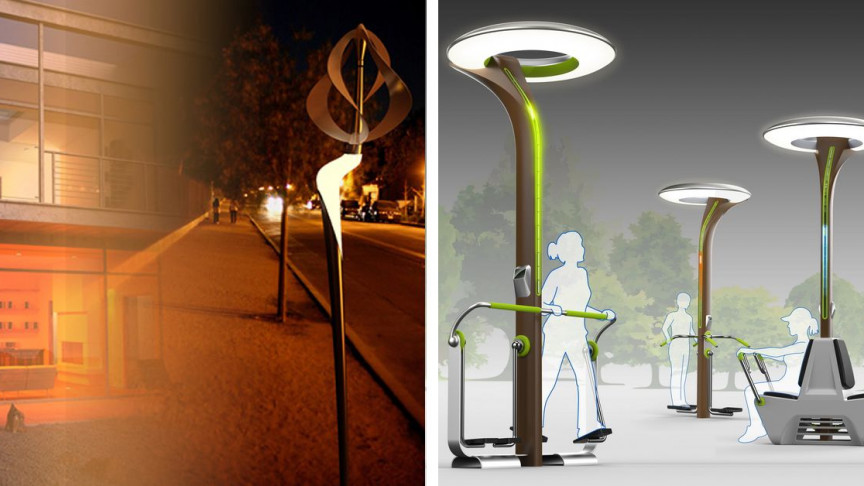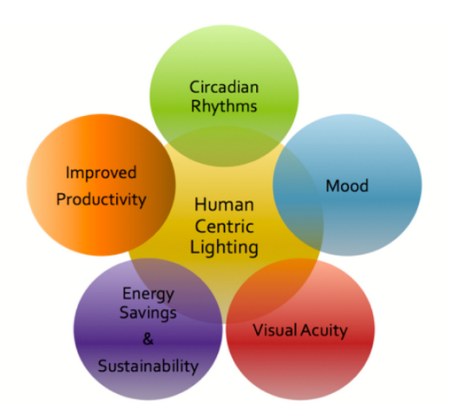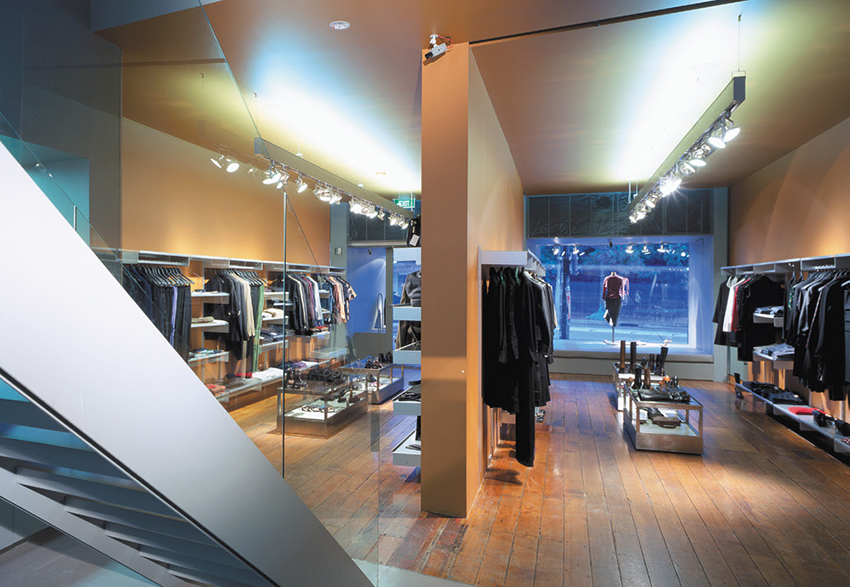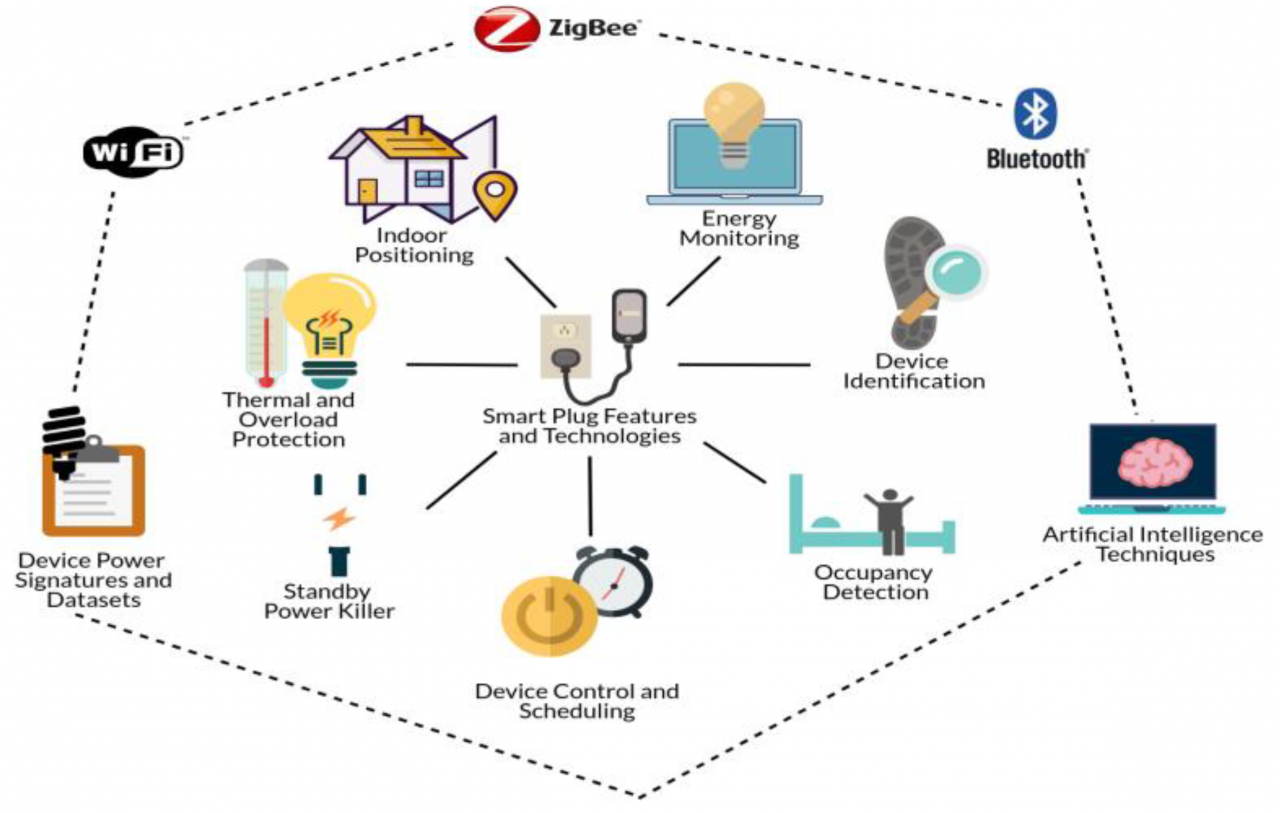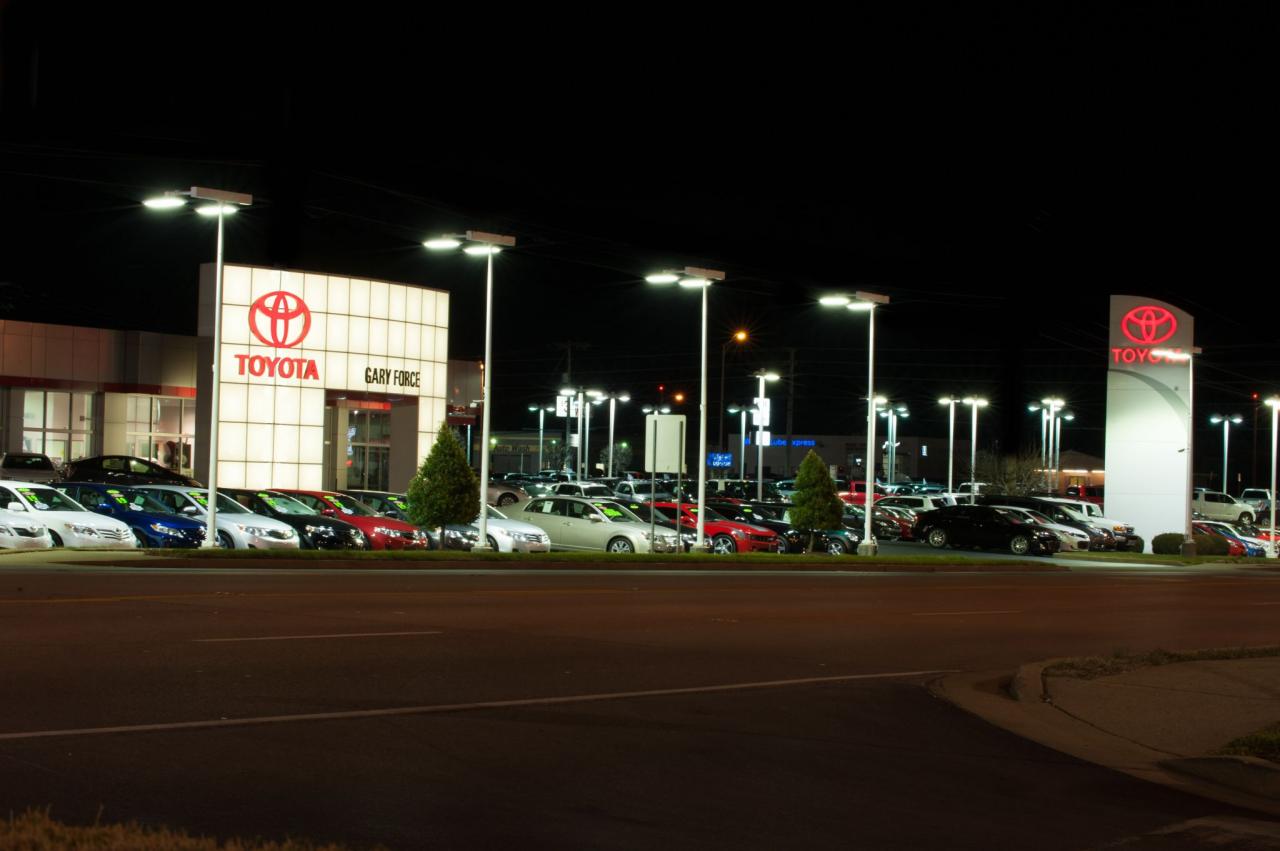
One of the many virtues of LEDs is that they have an exceedingly long life span. Perusing a few data sheets will show an oft-cited figure of 50,000 hours. Indeed, if installed in a domestic setting like a kitchen or lounge where the lights are mostly on after dark and used on average, say, 6 hours per night, this means the LEDs should last for 23 years. But what does “last” actually mean? At the end of life, tungsten bulbs simply cease to operate when the filament ruptures, so it is quite obvious when one has blown. Fluorescent bulbs tend to flicker and flash when the tube is no longer able to sustain conduction and replacement is then necessary due to the nuisance factor. LEDs on the other hand simply fade away. They just get progressively dimmer, as though running on batteries that are very slowly running out.
There are various definitions of how dim an LED can become before it is considered to have reached end of life. For general lighting applications research has shown that most people will be oblivious to a reduction in illumination of up to 30 percent, particularly if it occurs gradually. For this reason the useful life of a high brightness LED is often defined as the point at which light output has declined to 70 percent of initial lumens. For an indicator LED on an instrument panel a 50 percent reduction might be acceptable, while in a scientific instrument it could be 5 percent or less.
By far the largest factor causing LEDs to dim is its time at temperature. High temperatures in LEDs cause a variety of undesirable processes to occur that are irreversible and reduce the ability of the device to produce light. This means that to achieve long life special attention must be paid to the materials used to conduct heat away from LEDs. A good slab of aluminium with a thin coating of Nanoceramic as the thermally conductive dielectric is a good choice, and the difference of just a few degrees can have an enormous, exponential knock-on impact on the lifetime of the LED.
A recent study by the Lighting Industry Association Laboratories showed that high brightness LEDs mounted on Nanotherm Nanoceramic PCBs operated 5 percent cooler than the nearest commercial competitor substrate. But don’t be tempted to think that just because 5 percent of 100°C is only 5°C that such a reduction is not worth bothering about, the underlying physics begs to differ. It turns out that the reduction in lumens of an LED is an above unity exponential function of the LED temperature. So a small difference in temperature makes a huge difference in the time it takes an LED to reach a particular level of dimness.
LEDs are quite like movie stars. They start as bright starlets and the hot ones burn out early, while those that stay cool have long careers and fade slowly from the limelight. As limelights in theaters have been replaced by LEDs, modern movie stars can now stay in the LED spotlights and wait for them to fade over 50 years instead!


